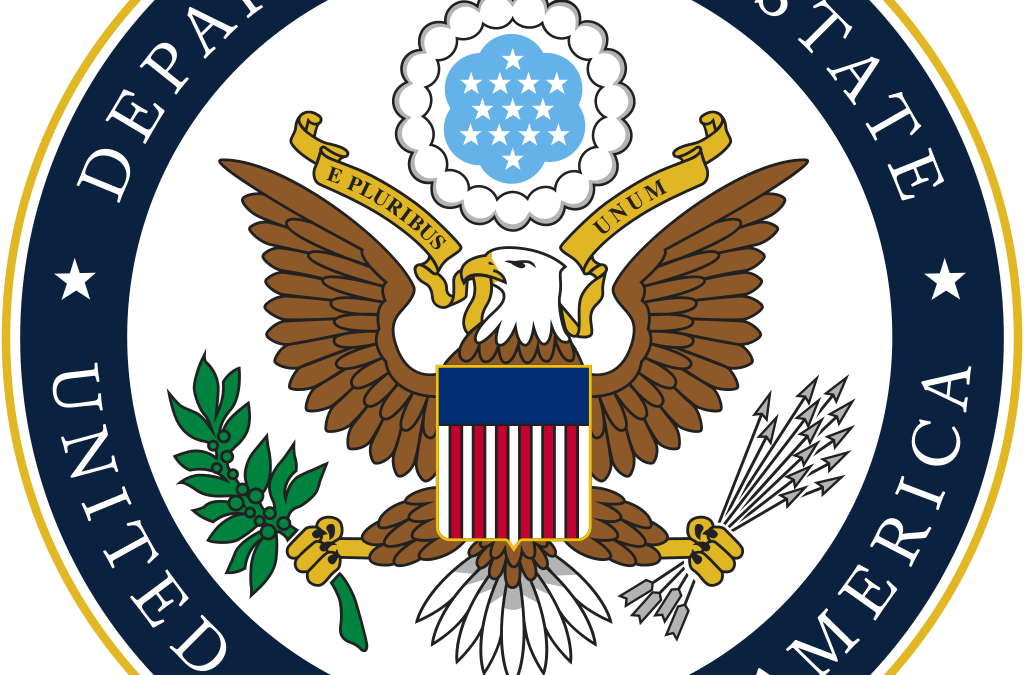By Mark Overmann
Secretary of State Antony Blinken’s diplomatic meetings in China this past weekend included high-level discussions of international educational and exchange ties between the two countries. In his meeting with Chinese Foreign Minister Qin Gang, the two “stressed the need for the two countries to improve people-to-people contacts that Qin said should include educational exchanges and an expansion of passenger flights between the two countries,” according to Politico.
In its daily Headlines podcast, the New York Times specifically called out the discussion of increasing exchanges as a key point of progress. Secretary Blinken himself tweeted that he met with Chinese alumni of U.S. exchange programs and that the two countries “share rich history of people-to-people exchanges, and these programs continue to play a vital role.”
These discussions come at a critical time, not just for overarching U.S.-China relations, but also during a relative decrease in the amount of exchange activity between the two countries. China has long been the top country of origin of international students in the U.S., but that preeminent position has declined somewhat in recent years. Some of the decline is certainly due to pandemic era restrictions, but it is no longer a given that the number of Chinese students coming to the U.S. will increase year after year.
The number of American students studying in China is at a stark low. Speaking at the recent USGLC Global Impact Forum, U.S. Ambassador to China Nicholas Burns noted that only 350 Americans are currently studying in China – again, a pandemic era decline, but still a precipitous one from the 11,600 studying there in 2018-19 that has not begun a serious recovery. Burns noted that increasing exchange and study abroad programs between the U.S. and China is a priority for him. It’s heartening to see this priority reflected in the Secretary’s high-level talks.

